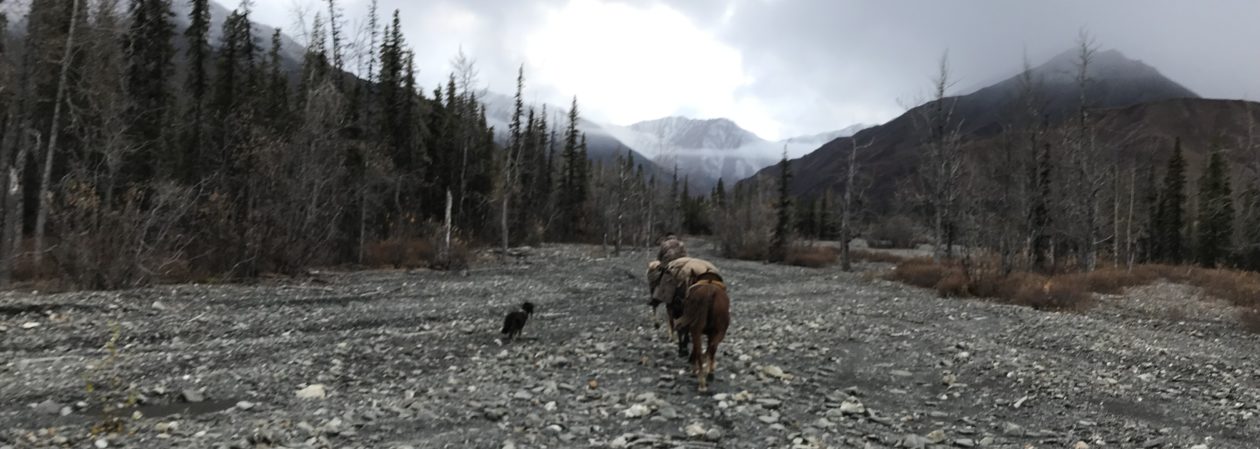On a recent trail ride, my horse stumbled and fell over going up a steep incline and I came out of the saddle right at the crest and ended up sitting on a pile of low growing cactus.

While there was enough humor in the situation to go around the group, I broke one of my cardinal rules for trail safety:
Stay on top of the horse!
In thinking about what happened, I decided that topic might just make a good blog post and that others might benefit from some of my experience and learning. I have heard it said, “When you make a mistake, all is not lost. You can always be used as a bad example.” Well, here is my bad example.
I often hear people tell horrible stories about how they “came off the horse” and were injured. People tell me how they were “bucked off” their horse or how their horse “threw” them. However, when I have watched things happen in real-time, as well as when I have seen unscripted videos from accidents on the trail, I consistently find that what normally happens is the rider dives off the horse during or just after the third buck. Now, I recognize that there are, indeed, times when a horse really goes to rodeo-ing, such that even a young seasoned rider would have a tough time “sticking” it, but most of the time the rider bails.
There are other times when there is no bucking or misbehavior involved at all, but a horse missteps or stumbles or falls crossing a trail obstacle, such as what happened with me above, and the rider comes off. Many times the fall or stumble is not violent or even dangerous, but the rider, due to age, inexperience, or other factors, may not be able to stay in the saddle…or, again, they may simply bail.
Now, it is an undisputed fact that one is seldom injured by the actual bucking, stumbling, or even falling of the horse, but rather injuries occur when the rider hits the ground after they leave the horse’s back.
It is an instinctual thing with us humans, to try to avoid injury by avoiding the thing that appears to be the danger. The problem with leaving the horse’s back, is that we mistakenly see the horse as the danger, rather than the contact with the ground. Our instinctive thought is something like, “Wow! This horse is bucking! I better get off or I’m going to get hurt!” Or, alternatively, “Oh my! This horse is going to fall, I better jump off, before I get hurt!”
We don’t actually have these thoughts in words, because when something we perceive as dangerous happens, we enter a syndrome called the “Fight or Flight” syndrome. This causes various involuntary things to happen within our body and causes us to act on instinct, rather than rational thought. We simply act. We can, however, train ourselves to overcome this syndrome through practice, forethought, and a conscious effort to stay in the saddle.
The horse is not nearly as dangerous as hitting the ground. The ground is the danger! In most circumstances, injury could be avoided by the rider staying in the saddle, no matter how bad it gets. Even if the horse falls down and the rider cannot stay in the saddle, the rider is then falling off from ground level, rather than from 6 feet in the air.
The exception to this rule is when the ground is closer than what the horse is about to jump or fall off of! There are definitely times when one should “ride loose in the saddle” in order to unload quickly, should the horse slip or fall off a steep trail, such as the one below:
When I am coaching riders with regard to trail riding safety, however, I teach that one should do everything possible to stay in the saddle and ride the incident through, when steep terrain is not an issue. That is particularly true when the horse may be stumbling with footing through a difficult obstacle. Just stay in the saddle and try not to make matters worse. Stay balanced, so the horse can regain its footing and stand back up. Panic is your enemy, as well as the horse’s. Panic will always make matters worse.
If a horse is misbehaving, the worst thing one can do, training-wise, is to dismount. Horses learn from the release of pressure, rather than from training cues themselves. In other words, when a rider gives a cue to ask the horse to do something, in the horse’s mind, it is simply trying to figure out how to make that particular cue, or pressure, go away. When a horse misbehaves and the rider dismounts, the horse learns how to get the rider off its back. The issue will arise more and more often, will increase in intensity, and it will start to happen under the worst possible circumstances. Undoing that training mistake is sometimes very difficult.
Take a minute to watch this sequence from the movie, Monty Walsh:
Having said all that, there are times when bailing – jumping off – is the right course of action. However, those times are rare. A rider is less likely to end up injured by just staying in the saddle and riding the matter out. I teach my students that their chances of getting hurt are greatly reduced if they will make every effort to stay on top of the horse! I teach them to settle their minds well in advance, that they will make every effort to stay in that saddle, so that when that difficult situation occurs, they can overcome that instinctual temptation to jump off.
Have fun watching this video of some Native American boys having a good time staying in the saddle:
TH


You must be logged in to post a comment.